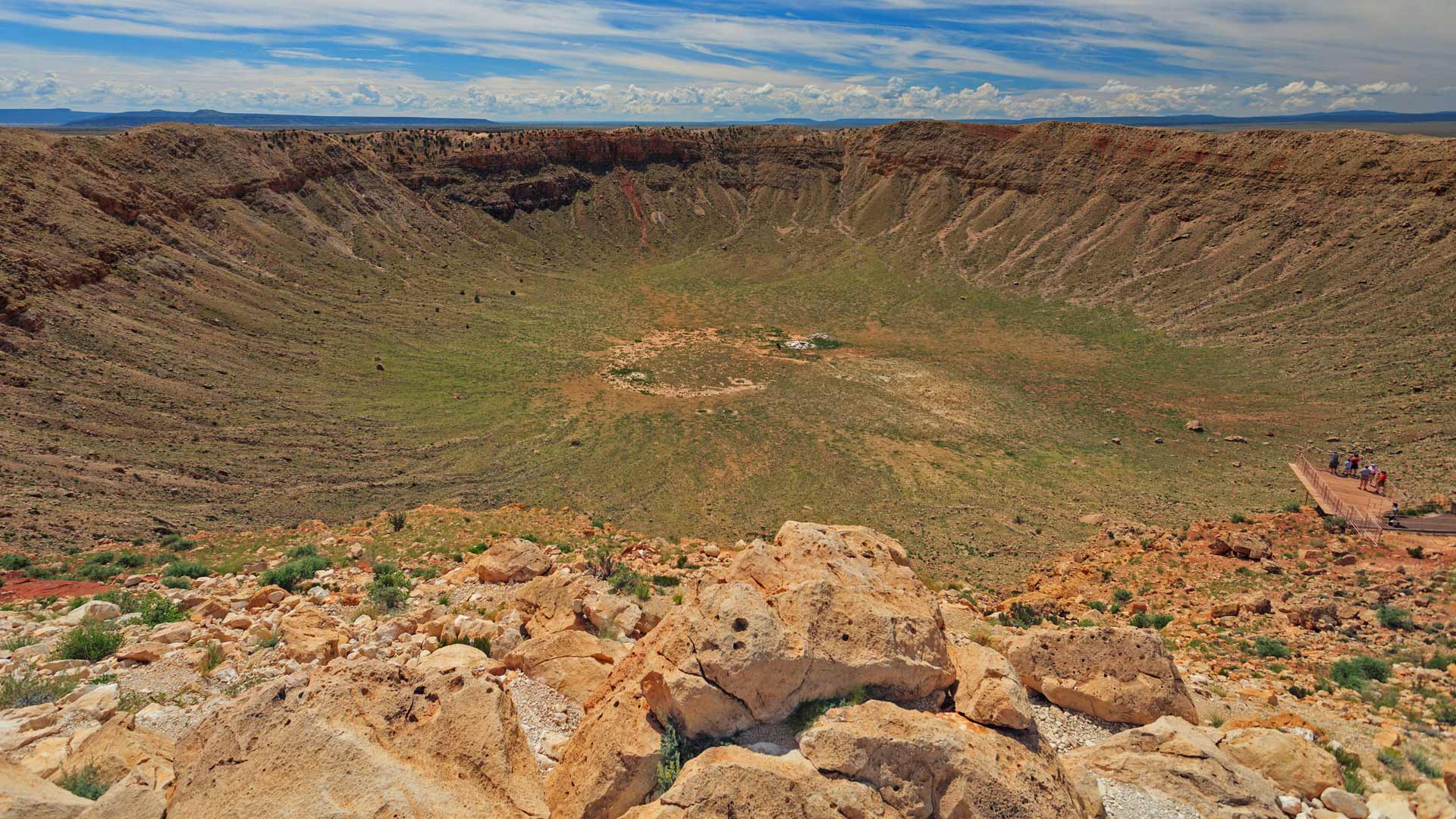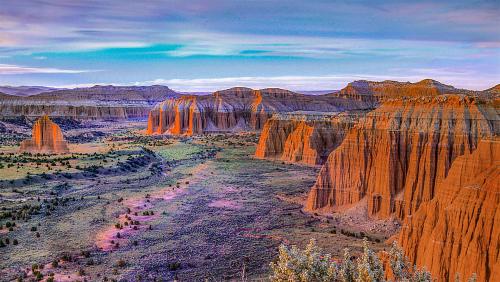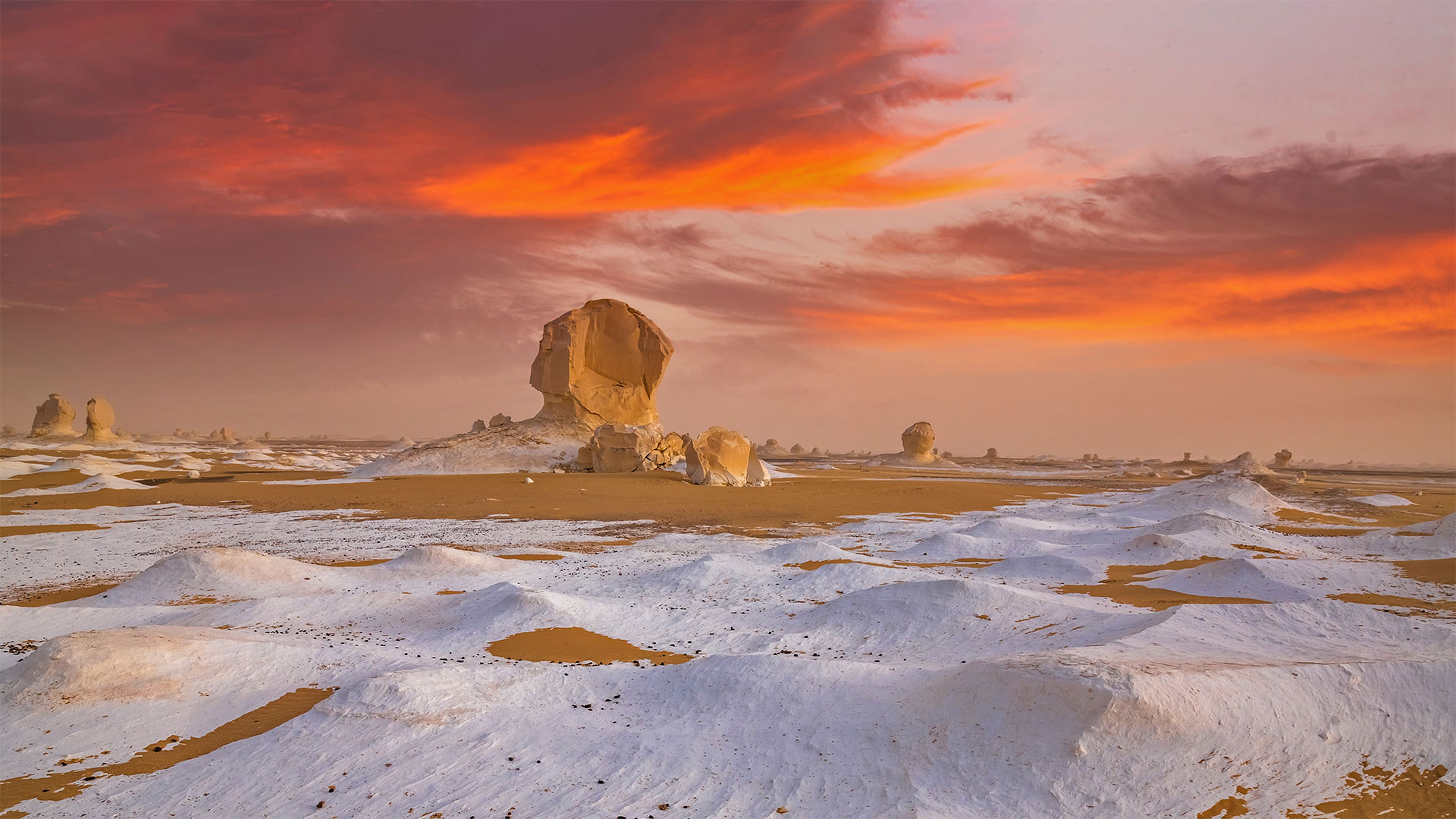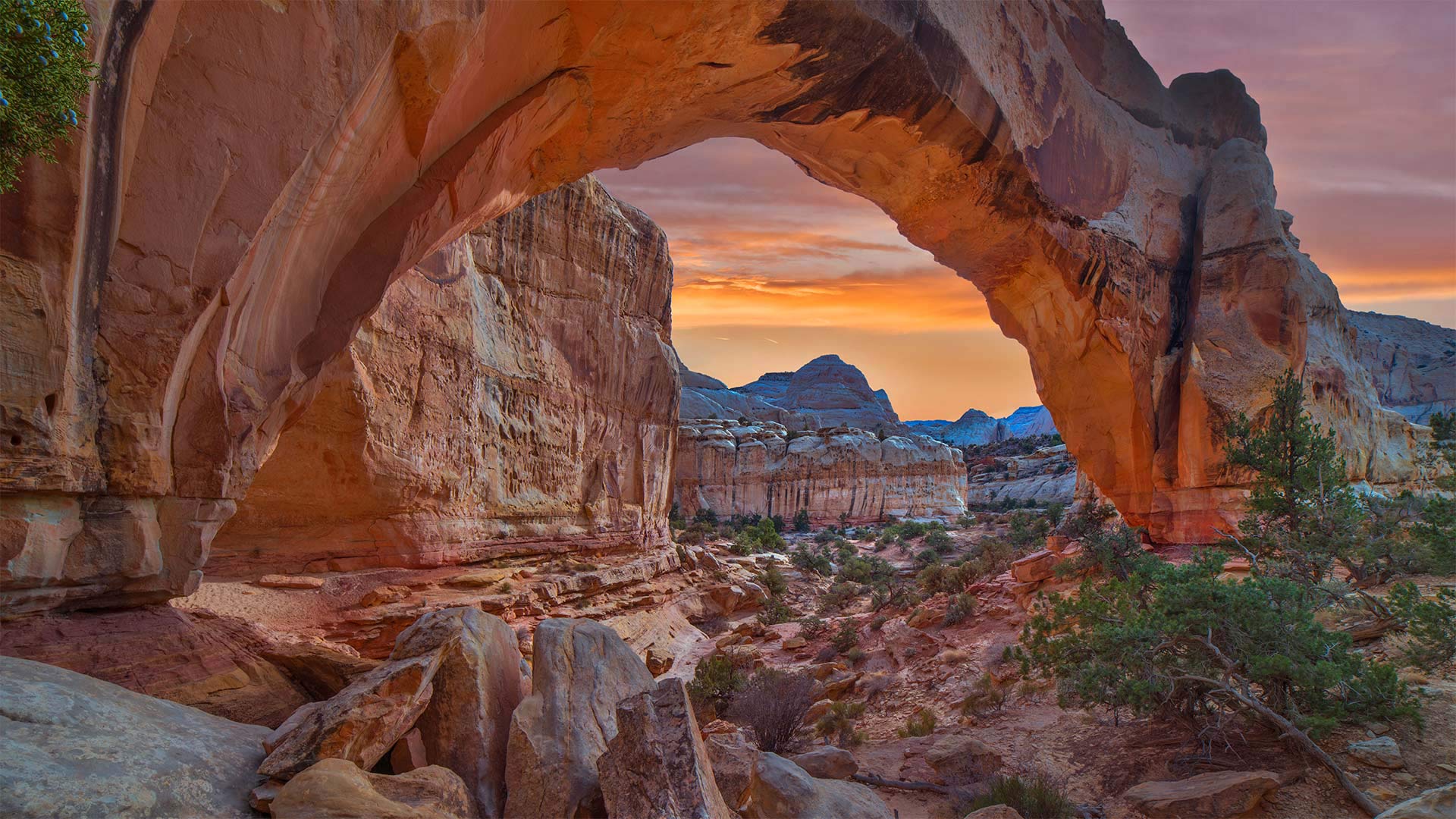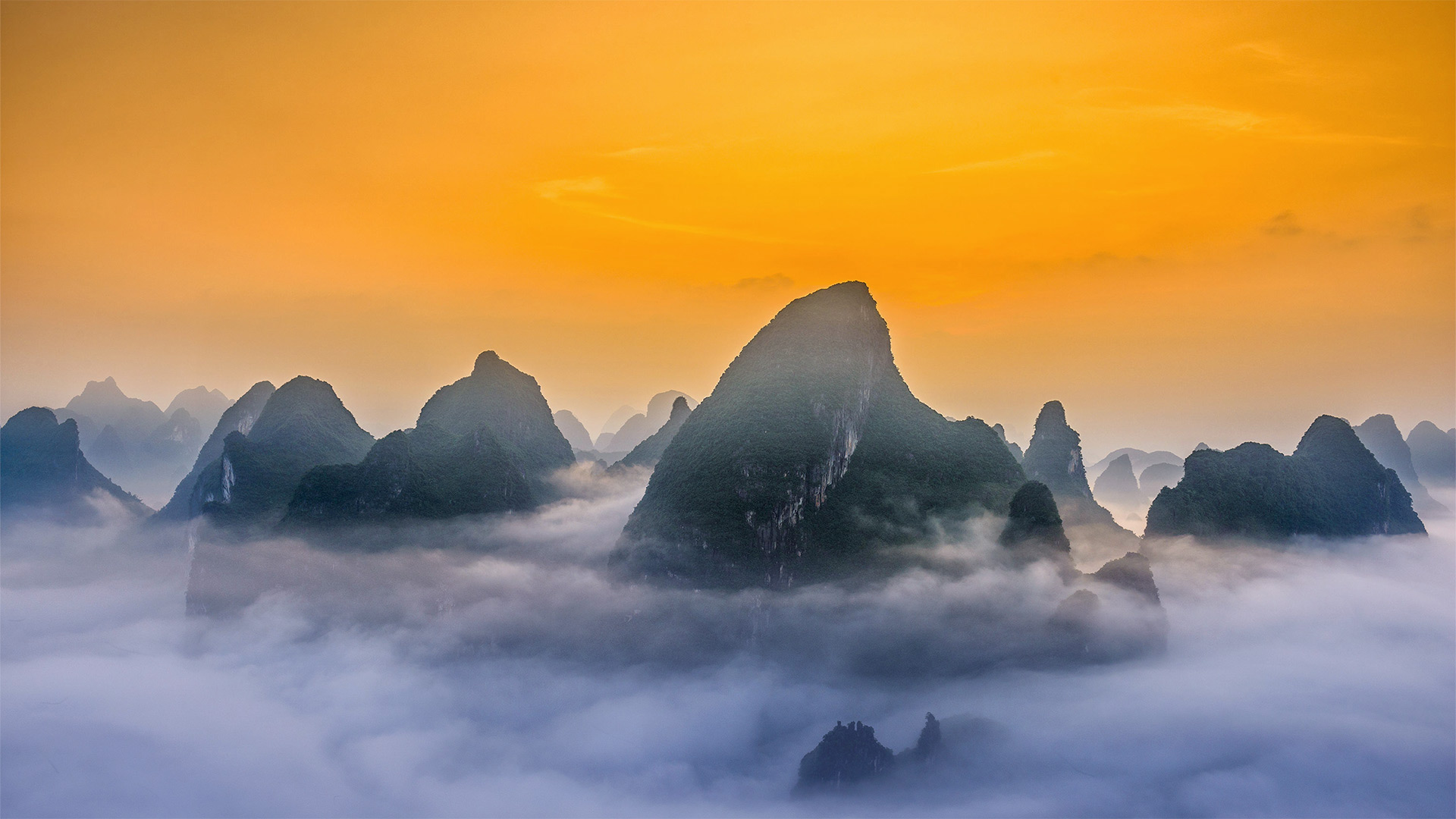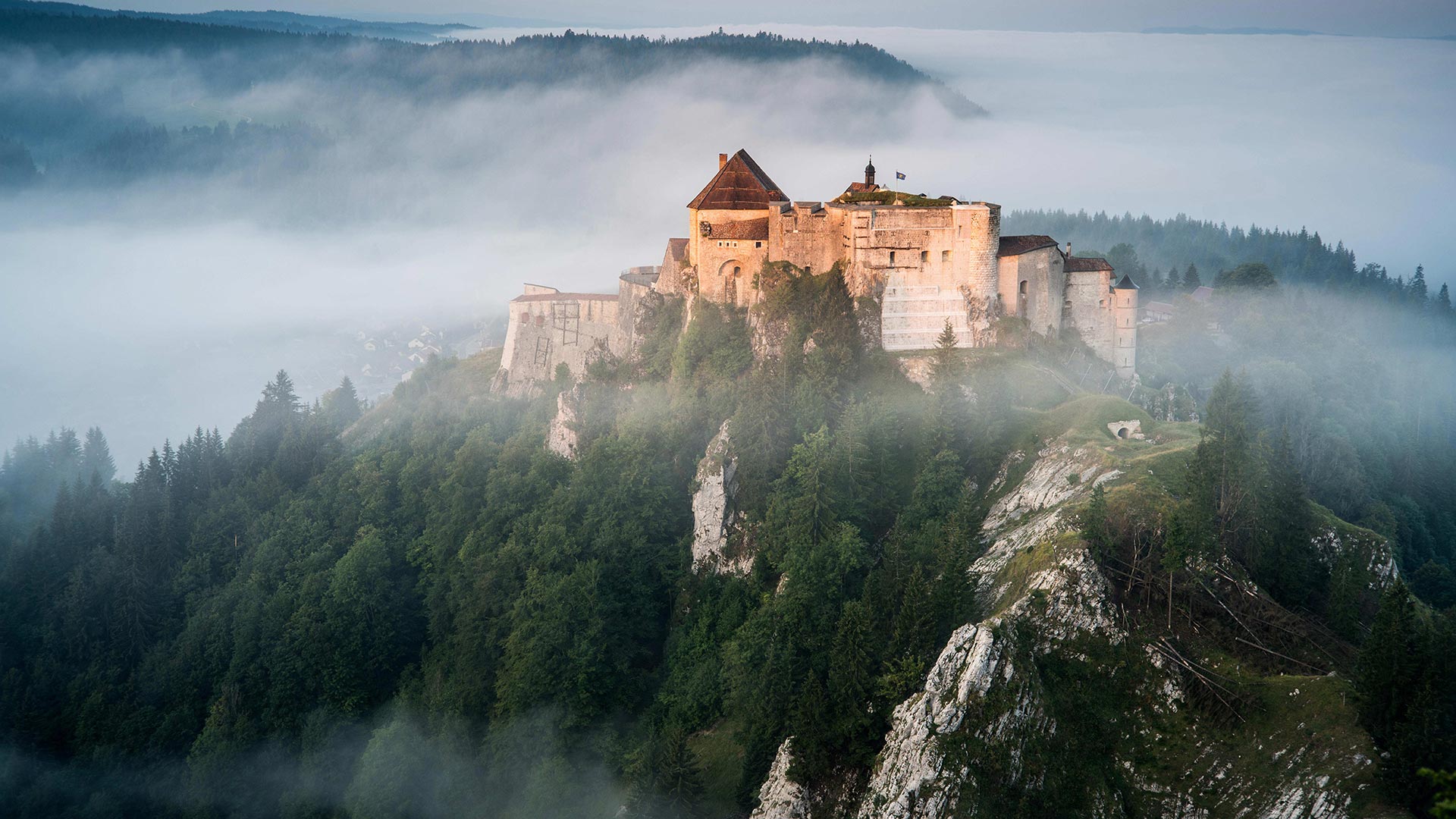Nature is full of wonders that leave us in awe of the world around us. From the dancing lights of the auroras to the intricate patterns of snowflakes, there are countless phenomena that defy explanation. But while these natural wonders may seem like magic, they are actually governed by the laws of science. In this article, we will explore the science behind some of nature’s most fascinating phenomena.
1. Aurora Borealis
The aurora borealis, also known as the northern lights, is a stunning display of colorful lights that dance across the night sky in polar regions. This breathtaking phenomenon is caused by charged particles from the sun colliding with the Earth’s atmosphere. When these particles enter the Earth’s magnetic field, they are redirected towards the poles, where they collide with atoms in the atmosphere, creating the beautiful light show we see.
2. Rainbow
Rainbows are a well-known natural phenomenon that occur when sunlight is refracted, or bent, as it passes through raindrops in the air. The sunlight is split into its component colors as it passes through the raindrops, creating the arc of colors that we see in the sky. The angle at which the sunlight enters the raindrops determines the size and intensity of the rainbow.
3. Snowflakes
Snowflakes are intricate ice crystals that form when water vapor in the air freezes into ice crystals around a dust particle. As the ice crystal falls through the atmosphere, it grows and takes on a unique shape based on the temperature and humidity of the air. Each snowflake is different due to its journey through the atmosphere, resulting in the beautiful and delicate patterns we see on the ground.
4. Tornadoes
Tornadoes are powerful and destructive rotating columns of air that form during severe thunderstorms. These intense windstorms are caused by a combination of warm, moist air rising rapidly into the atmosphere and cold, dry air sinking down. This creates a spinning motion in the atmosphere, which can develop into a tornado under the right conditions. Tornadoes can reach wind speeds of over 300 mph and leave a path of destruction in their wake.
5. Volcanic Eruptions
Volcanic eruptions are one of the most awe-inspiring natural phenomena on Earth. These explosive events occur when molten rock, known as magma, rises to the surface of the Earth’s crust. The pressure from the magma builds up, leading to an explosive release of ash, gas, and rock fragments. Volcanic eruptions can cause widespread devastation, but they also play a crucial role in shaping the Earth’s surface and releasing gases that contribute to the Earth’s atmosphere.
FAQs:
Q: How are rainbows formed?
A: Rainbows are formed when sunlight is refracted through raindrops in the air, splitting the sunlight into its component colors.
Q: What causes the northern lights?
A: The northern lights are caused by charged particles from the sun colliding with the Earth’s atmosphere and creating a colorful light show in the polar regions.
Q: Why are snowflakes all different shapes?
A: Snowflakes are different shapes because they form as ice crystals around dust particles in the atmosphere, each taking a unique path as they fall to the ground.
Q: How do tornadoes form?
A: Tornadoes form during severe thunderstorms when warm, moist air rises rapidly into the atmosphere and cold, dry air sinks down, creating a rotating column of air.
Q: What causes volcanic eruptions?
A: Volcanic eruptions are caused by the release of pressure from molten rock rising to the Earth’s surface, leading to explosive releases of ash, gas, and rock fragments.
